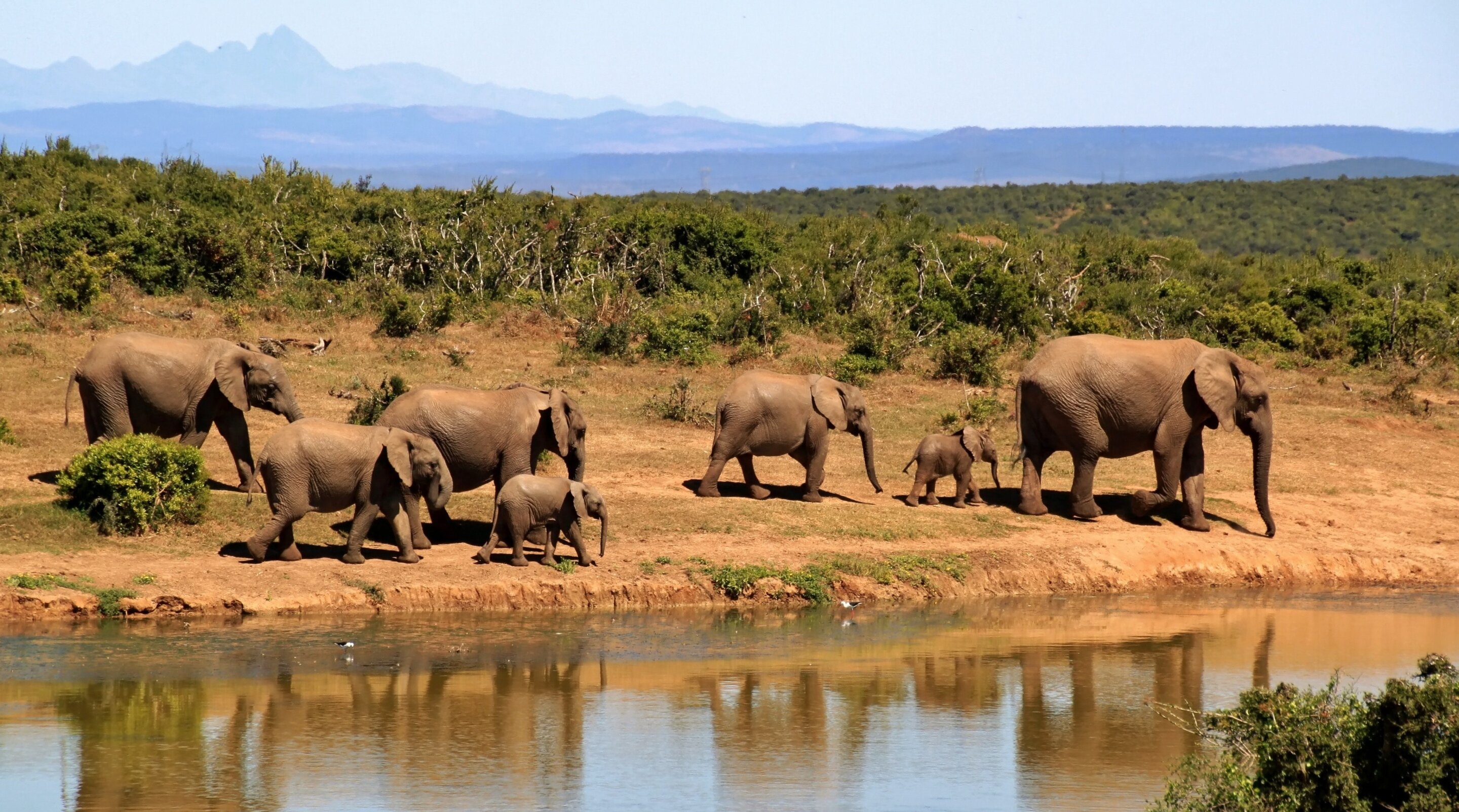A new study suggests that protecting and strengthening the existing protected areas is crucial for safeguarding biodiversity, as much as creating new protected areas. The research team, which included scientists from Durham University, National University of Singapore (NUS) and Princeton University, found that about 70% of the roughly 5,000 species analyzed either have no apparent representation in protected areas, occur in protected areas that have been downgraded, downsized or degazetted, or would be especially vulnerable to extinction from future land-use change.
However, by enhancing the protection of existing protected areas and expanding the existing park networks across just 1% of the planet’s land area, the essential habitats of 1,191 animal species that are especially at risk of extinction can be protected. The study has been published in the journal Science Advances.
Protected areas can be vulnerable to harmful human activities if there is insufficient enforcement or a lack of political backing for wildlife conservation.
2023-06-02 16:03:04
Post from phys.org
